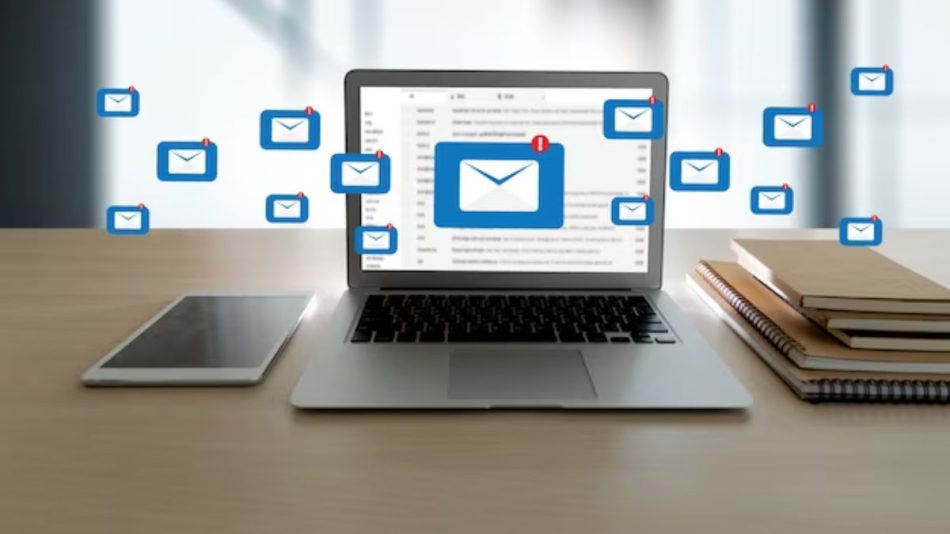Implementing a sophisticated automated communication system, known as e-mail marketing automation, represents an essential strategy to optimize the dynamics of e-commerce.
This methodology allows the automated sending of highly personalized messages to customers, conveying targeted offers at the most appropriate moment.
Understanding E-Mail Marketing Automation: definition and operation
The concept behind this practice is the ability to stimulate recurring purchases, encourage the generation of
positive reviews and establish long-term relationships with customers.
Contrary to what it may seem, this is a tangible and actionable approach, the positive impact of which can be relevant to the growth and success of your online business.
To fully understand how this strategy works, exploring the fundamental tools necessary for its implementation and the most effective techniques to maximize sales opportunities and consolidate customer loyalty is essential.
E-mail marketing automation is an effective method for automatically sending personalized messages to your customers. Its operation is based on combining two concepts: e-mail marketing and automation.
E-mail marketing involves sending targeted e-mails to promote products or services. At the same time, automation allows you to send these e-mails based on certain predefined criteria, such as user actions or specific events.
The operation of e-mail marketing automation requires specialized software capable of automating the process of sending e-mails, allowing you to create personalized and predefined workflows.
This approach helps improve the effectiveness of e-mail marketing campaigns, increasing customer engagement and generating more efficient sales for your e-commerce site.
The importance of E-mail Marketing Automation for e-commerce
As we have seen, E-mail Marketing Automation has become a fundamental tool for e-commerce businesses.
This technology allows automating and personalizing communications with customers based on their preferences and behaviours.
This translates into significant savings in time and resources, but above all in an increase in conversions and sales.
Automation allows you to manage the path to purchase, send personalized welcome messages and targeted promotions, recover abandoned carts, and much more, as we will discover in the next paragraph.
Furthermore, it allows you to effectively manage the entire customer life cycle, from the acquisition phase to the loyalty phase.
Thanks to E-mail Marketing Automation, e-commerce companies can benefit from a highly efficient marketing strategy, which significantly improves business performance, guiding customers along the path to purchase.
Effective E-Mail Marketing Automation strategies for e-commerce
E-commerce is becoming increasingly competitive, and marketing automation strategies can create lasting relationships with customers and improve conversions.
Here are some effective e-mail marketing automation strategies for e-commerce:
- Using welcome e-mails. These are the first impressions your customers will receive after signing up for your newsletter or making a purchase. Welcome e-mails can be customized to offer a welcoming greeting, provide useful information about your online store, and encourage new customers to explore your products, thus starting the path to purchase.
- Using abandoned cart recovery e-mails. Many people add products to their cart but need to complete the purchase. Abandoned cart recovery e-mails can be sent automatically to remind customers to finalize their purchases. You can offer discounts or special promotions to encourage customers to return and complete their purchases, thus strengthening customer engagement.
- Transactional e-mails are another important strategy to consider. These include order confirmations, shipping notifications, and post-purchase feedback requests. They offer an opportunity to maintain high customer engagement. You can personalize them with related product suggestions or provide discount codes for future purchases, helping guide customers through the journey ahead.
- Target segmentation to send more targeted messages. You can create segments based on purchasing behaviour, interests or geographic location, thus personalizing the engagement path. This will allow you to send e-mails with relevant and functional calls to action , positively influencing each recipient’s path to purchase.
In summary, e-mail marketing automation can help e-commerce businesses build stronger customer connections and improve conversions.
Using strategies like welcome e-mails, abandoned cart recovery, transactional e-mails, and customer segmentation, you can offer a personalized experience and incentivize them to return to your online store.
Evaluate results: How to measure the success of your e-mail marketing automation strategy.
Once the automated communication strategy has been implemented, it is necessary to evaluate the results obtained to determine the overall effectiveness carefully.
Measuring campaign performance plays a crucial role, allowing the identification of areas susceptible to improvement and the implementation of changes aimed at optimizing the efforts made.
Several key performance indicators ( KPIs ) lend themselves to this purpose, providing a detailed overview of the success of the adopted strategy.
Among the particularly relevant KPI is the e-mail opening rate, which quantifies the number of recipients who open communications and express interest in the proposed content.
A high open rate is a favourable indicator, suggesting that e-mails positively outline the purchase path and actively involve recipients in the proposal presented.
Another parameter to carefully monitor is the click-through rate, indicative of the number of recipients who click on links embedded in e-mails to learn more about the content or proceed with a purchase.
A high click-through rate denotes the effectiveness of the calls to action and the interest of recipients in the offer, significantly contributing to engagement in the purchasing journey.
Additionally, conversion rate is a crucial element, outlining how many recipients take the desired action, such as purchasing or signing up for a newsletter.
A high conversion rate testifies to the effectiveness in guiding recipients towards completing the planned actions.
Finally, it is essential to monitor the e-mail unsubscription rate, an indicator that, if high, could signal content that is not very relevant or interesting to recipients.
In this case, a strategy review is necessary to make the e-mails more relevant and engaging.
The systematic analysis of these KPIs allows for optimal adaptation of communication campaigns, promoting a progressive improvement in company performance over time.
In practice, how to get started with e-mail marketing automation activities for e-commerce:
- Choice of technology: Select specialized e-mail automation software that creates custom, predefined workflows.
- Consideration of legal aspects: Make sure you comply with privacy regulations and recipient consent to ensure the legality of sending e-mails.
- Behavioral analysis: Before segmentation, conduct an analysis of purchasing and browsing behavior on the ecommerce site to better understand the audience.
- Audience segmentation: Divide your audience into segments based on the results of behavioural analysis, allowing you to send more targeted and personalized messages.
- Graphic creation of e-mails: After segmentation, graphically design and create the e-mails to be sent, ensuring they are captivating and respond to the characteristics of each segment.
- Evaluation of results: Monitor and evaluate the results of your e-mail marketing automation strategy through key performance indicators such as e-mail open rate, click-through rate and conversion rate.
- Make changes and improvements: Based on the analysis of the results, make any changes and improvements to optimize business performance over time.
Conclusion
In conclusion, the implementation of E-mail Marketing Automation for e-commerce is an essential step in optimizing communication and promotion dynamics. Based on the automatic sending of highly personalized messages, this strategy not only encourages recurring purchases but is an effective means of establishing long-term relationships with customers.
Also Read : Email marketing: 5 useful tips for your business




